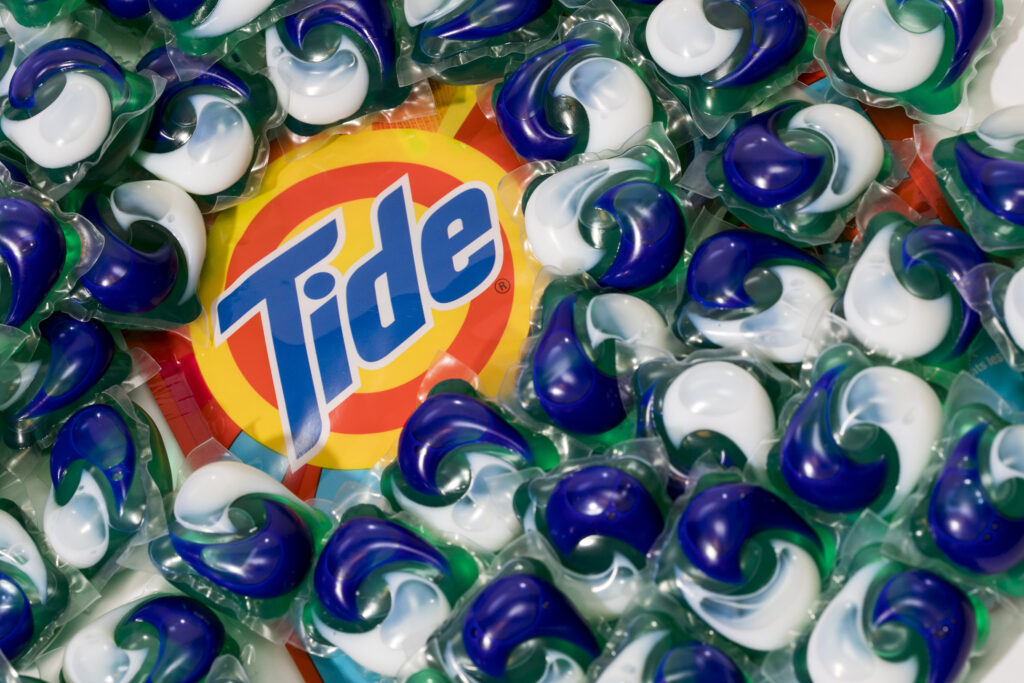Back in January, the “Tide Pod challenge” swept social media. This infamous dare urged users, primarily teenagers, to bite into laundry detergent packets filled with lethal chemicals and upload their reactions online.

Before Tide Pods, the “cinnamon challenge” and “gallon challenge” were heralded as some of the internet’s most absurd fads, provoking teens to consume a spoonful of cinnamon or chug an entire gallon of milk within a fixed period of time, resulting in several cases of vomiting and choking.
With these types of challenges endangering the well-being of adolescents worldwide, experts have pondered the reason why teens and young adults knowingly engage in risky behaviors regardless of the consequences.
“Teenagers doing stupid things is not new,” Weber State University Psychology Associate Professor Sarah Herrmann said. “What is new is social media.”
In a study conducted by Psychologists Margo Gardner and Laurence Steinberg, adolescents and college students were found more likely to engage in risky decision-making practices when in the presence of peers.
Therefore, in a social media environment where every act or post is broadcast to an audience of co-workers and classmates, senseless dares may be seen as opportunities for social approval.
“The fact that you could have a group of people, not necessarily just those you are in company of, but your entire social network at your fingertips amplifies those risks,” Herrmann said.
The neurological chemical Dopamine — the same hormone responsible for feeling pleasure after eating a satisfying meal or getting a paycheck — is released every time a user sees that someone has liked or commented on their post.
This positive reaction users experience while on social media increases their desire for approval in the future, therefore causing them to engage in higher levels of conformity and group-think.
“If you are in a group of people and all of them agree except for you, you are not likely to be an influence,” Herrmann said. “We conform to norms when we want to gain approval from a group or are avoiding being disapproved.”
One biological aspect that has continuously proven to explain teen susceptibility to risky behavior and peer pressure is the level of cognitive development at the time of adolescence.
“The adolescent brain looks different than the adult brain, especially as it pertains to risk taking behaviors and anticipating consequences,” Herrmann said.
Herrmann further noted that the average human has a fully-functioning limbic system, which is in charge of emotion processing and impulsive response, by the time of adolescence. However, the frontal lobe — responsible for anticipating consequences and decision making — is not completely developed until approximately the age of 24 in women and 26 in men. The disparity in development can contribute to rash decision-making.
“Some of you are six, eight or 10 years away from a fully developed prefrontal cortex and are not biologically equipped yet,” Herrmann said. “So next time that you think about getting into a car drunk, remember to give your brain another couple of minutes.”



















